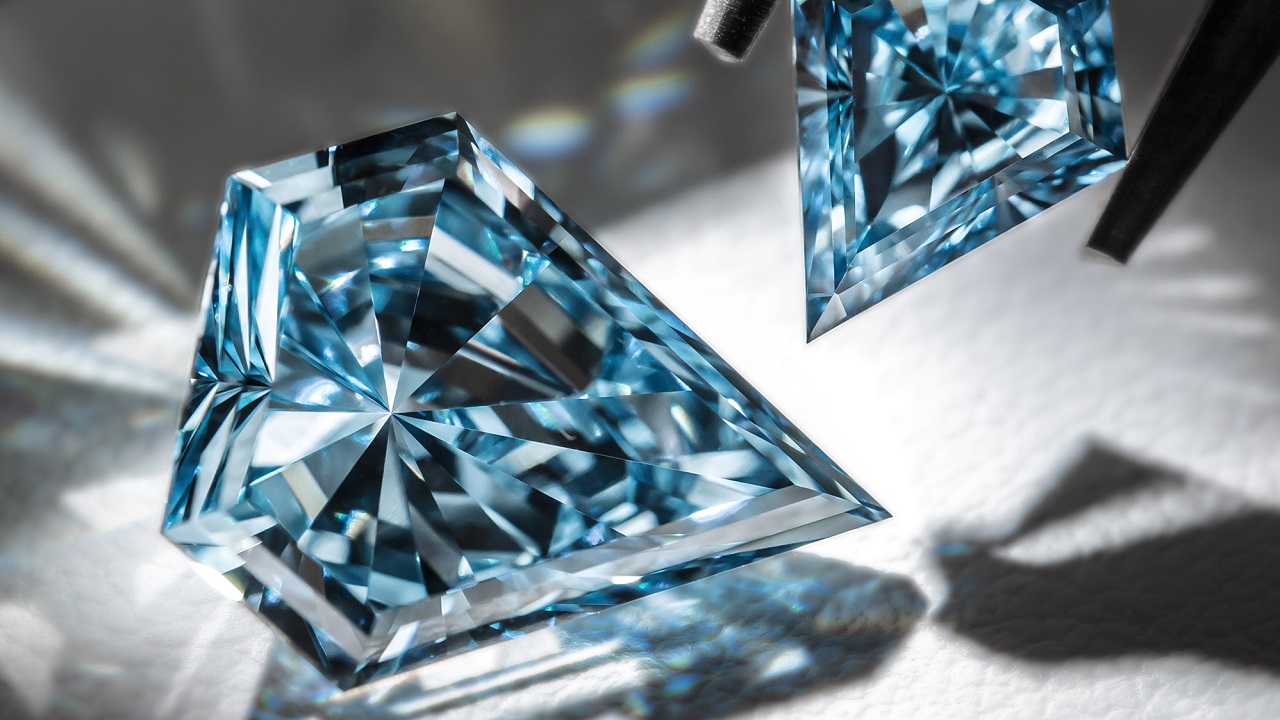
In the world of fine jewelry, diamonds have long been synonymous with luxury, elegance, and rarity. However, the rise of lab grown diamonds is reshaping the landscape of this precious industry. Lab diamonds are an increasingly popular alternative to mined diamonds, offering the same stunning appearance and chemical composition but with significant ethical, environmental, and economic advantages. As consumers become more conscientious about their purchasing choices, lab diamonds are emerging as a responsible and sustainable option that aligns with both luxury and environmental values.
A lab diamond is a real diamond composed of the same carbon atoms arranged in a crystal structure created in a laboratory setting rather than being extracted from the Earth. These diamonds are produced through two primary methods: High Pressure High Temperature and Chemical Vapor Deposition. Both processes replicate the conditions under which natural diamonds form deep within the Earth’s mantle, resulting in diamonds that are identical to mined diamonds in terms of their appearance, hardness, and chemical properties. In fact, lab diamonds are virtually indistinguishable from mined diamonds to the naked eye or even under magnification, requiring specialized equipment to detect any differences.
One of the most compelling reasons why consumers are choosing lab grown diamonds is their ethical and environmental benefits. Traditional diamond mining is notorious for its harmful impact on the environment. The process often involves deforestation, habitat destruction, and the use of toxic chemicals, all of which contribute to environmental degradation. Additionally, diamond mining can fuel human rights abuses, as some mining operations are linked to conflict zones where workers are subjected to exploitation and dangerous working conditions. By contrast, lab grown diamonds are produced with far less environmental disruption and human cost. Their production involves no mining, no land degradation, and no forced labor.
In terms of sustainability, lab diamonds are a step forward. While mining diamonds requires vast amounts of energy, water, and other resources, the energy consumption of creating lab grown diamonds can be mitigated by using renewable energy sources. Many lab diamond manufacturers are committed to sustainability, sourcing energy from wind, solar, or hydroelectric power, which helps reduce the carbon footprint of the production process. Furthermore, because lab diamonds are grown in a controlled environment, the process can be more efficient and waste-free, ensuring that fewer resources are wasted compared to traditional mining operations.
Lab diamonds also offer a more affordable option for those seeking luxury without the hefty price tag. Due to the absence of mining costs, transportation, and the complex supply chain involved with natural diamonds, lab grown diamonds can often be priced 30 to 40 percent lower than their mined counterparts. This cost difference allows consumers to acquire a higher-quality diamond for the same price or less, making lab grown diamonds an attractive alternative for engagement rings, wedding bands, and other fine jewelry. The affordability of lab diamonds has democratized access to high-quality diamonds, enabling more people to own and enjoy these luxurious stones.
Despite being more affordable, lab diamonds are far from compromising on quality. They are available in a wide range of cuts, colors, and carat sizes, ensuring that there is a lab-grown diamond to suit every style and preference. The industry has also made significant strides in certification and transparency, with organizations like the Gemological Institute of America (GIA) and the International Gemological Institute (IGI) offering certifications for lab grown diamonds. This ensures that consumers can trust the authenticity, quality, and ethical sourcing of their diamonds, whether they are mined or lab-grown.
The growing popularity of lab grown diamonds has been propelled by changing consumer attitudes toward luxury. Modern shoppers, particularly younger generations, are more focused on sustainability, ethics, and transparency when making purchasing decisions. Lab diamonds, with their reduced environmental impact and clear ethical benefits, align perfectly with these values. They also allow consumers to enjoy the luxury of diamonds without the associated guilt or environmental harm that has historically accompanied the diamond industry.
In addition to their ethical and economic advantages, lab diamonds also represent the future of innovation in the jewelry industry. As technology continues to improve, the process of creating lab diamonds will likely become even more efficient and accessible. The ability to produce diamonds with precise characteristics and sustainable practices offers exciting possibilities for both the diamond industry and the consumer market.
In conclusion, lab grown diamonds represent a luxurious yet responsible choice for consumers who want to enjoy the beauty and elegance of diamonds while also supporting ethical and sustainable practices. By choosing lab diamonds, consumers can feel confident that they are investing in a product that not only embodies luxury but also supports the well-being of the planet and its people. As the demand for lab grown diamonds continues to rise, the industry is poised to play an important role in reshaping.


More Stories
Transforming Appearances with the Perfect Hairpiece Touch
Exploring the Wonders of Modern Sciences
How Sciences Unlock the Mysteries of the Universe